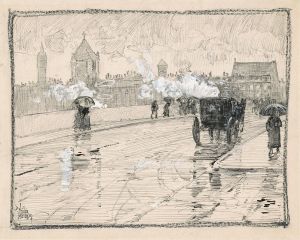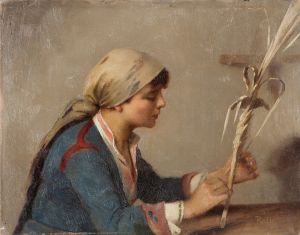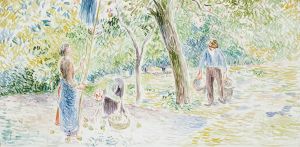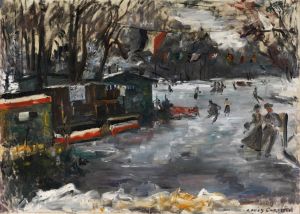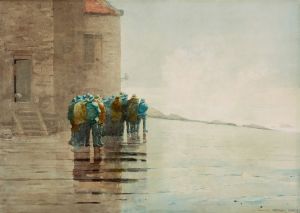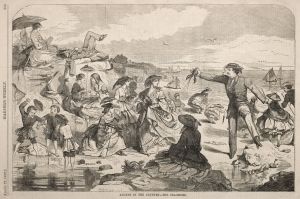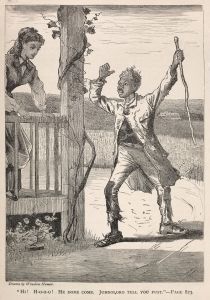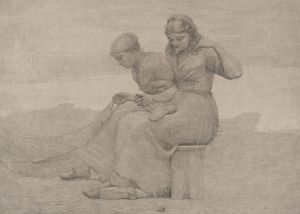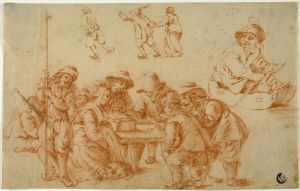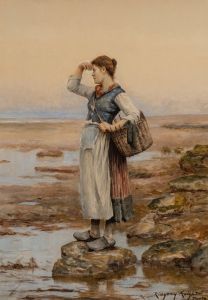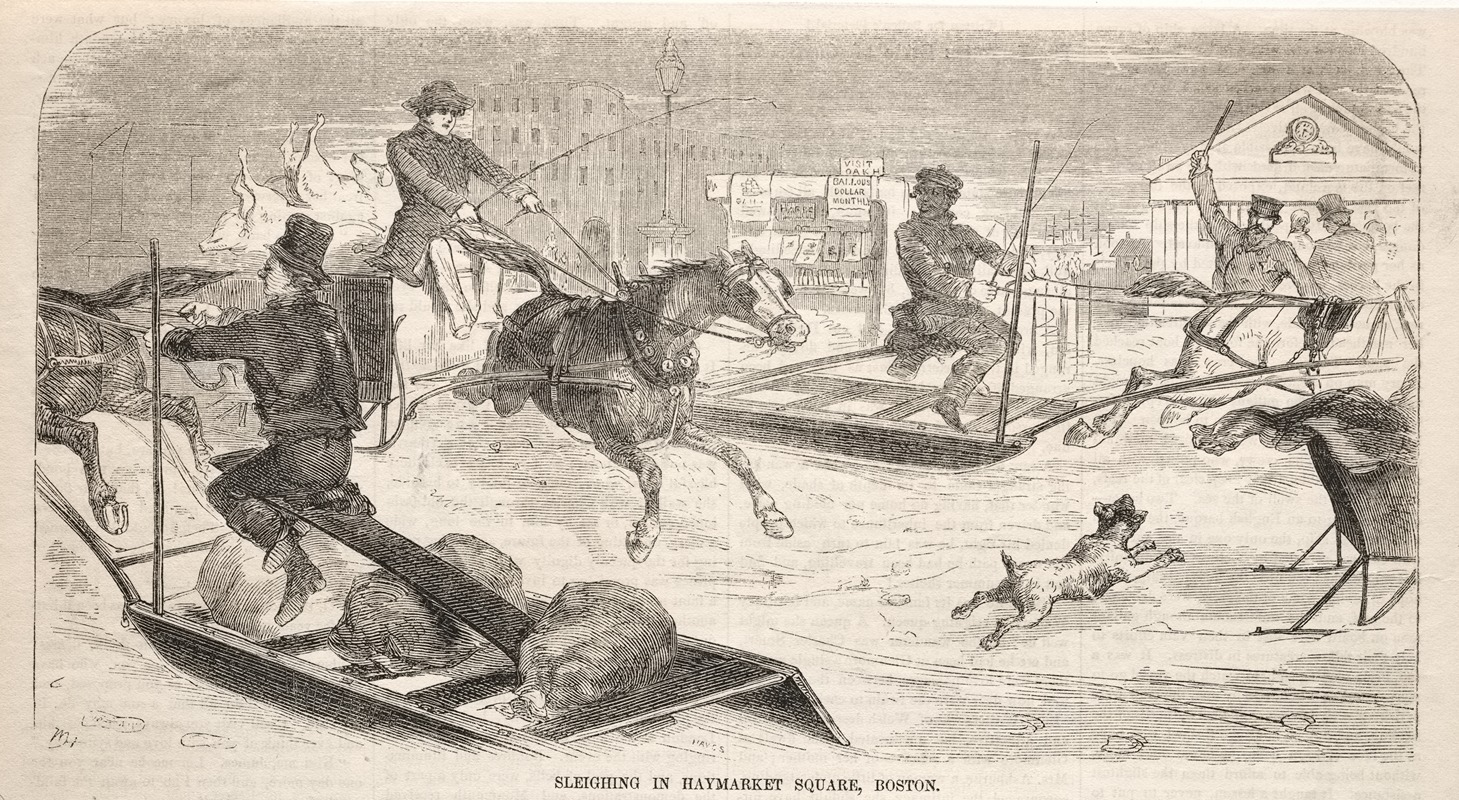
Sleighing in Haymarket Square, Boston
A hand-painted replica of Winslow Homer’s masterpiece Sleighing in Haymarket Square, Boston, meticulously crafted by professional artists to capture the true essence of the original. Each piece is created with museum-quality canvas and rare mineral pigments, carefully painted by experienced artists with delicate brushstrokes and rich, layered colors to perfectly recreate the texture of the original artwork. Unlike machine-printed reproductions, this hand-painted version brings the painting to life, infused with the artist’s emotions and skill in every stroke. Whether for personal collection or home decoration, it instantly elevates the artistic atmosphere of any space.
Winslow Homer, an American artist renowned for his landscape paintings and depictions of American life, created the artwork "Sleighing in Haymarket Square, Boston" in 1858. This piece is a wood engraving, a medium Homer frequently used during the early part of his career when he worked as an illustrator for various publications. The artwork was published in the January 30, 1858, issue of "Ballou's Pictorial Drawing-Room Companion," a popular illustrated magazine of the time.
"Sleighing in Haymarket Square, Boston" captures a lively winter scene in one of Boston's bustling public spaces during the mid-19th century. Haymarket Square, located in the heart of Boston, was a central hub of commerce and activity, known for its markets and vibrant street life. In this engraving, Homer illustrates a moment of leisure and social interaction, as people engage in sleighing, a popular winter pastime during this era.
The scene is animated with numerous figures, both men and women, dressed in the winter attire of the period. They are depicted riding in horse-drawn sleighs, which glide across the snow-covered ground. The horses are shown in dynamic poses, conveying a sense of movement and excitement. The background features the architectural elements of the square, providing a glimpse into the urban environment of Boston at the time.
Homer's attention to detail and ability to capture the essence of everyday life are evident in this work. The composition is carefully arranged to guide the viewer's eye through the scene, from the foreground figures to the bustling activity in the background. The engraving technique allows for intricate line work, which Homer uses to convey texture and depth, enhancing the overall realism of the scene.
This artwork is significant not only for its artistic merit but also for its historical value. It offers a window into the social customs and urban landscape of Boston in the 1850s. Sleighing was a fashionable and communal activity, reflecting the social dynamics and recreational pursuits of the time. Homer's depiction of this scene provides insight into the cultural context of 19th-century America, highlighting the interplay between urban life and seasonal traditions.
Winslow Homer would later become famous for his oil paintings and watercolors, particularly those depicting marine subjects and rural American life. However, his early work as an illustrator, including pieces like "Sleighing in Haymarket Square, Boston," laid the foundation for his development as an artist. These illustrations helped him hone his skills in composition, observation, and the portrayal of human activity, all of which would become hallmarks of his later work.
In summary, "Sleighing in Haymarket Square, Boston" is a notable example of Winslow Homer's early career as an illustrator. It captures a vibrant winter scene in a historic Boston location, offering both artistic and historical insights into the period. Through this work, Homer demonstrates his keen ability to depict the nuances of everyday life, a talent that would continue to define his illustrious career in American art.





